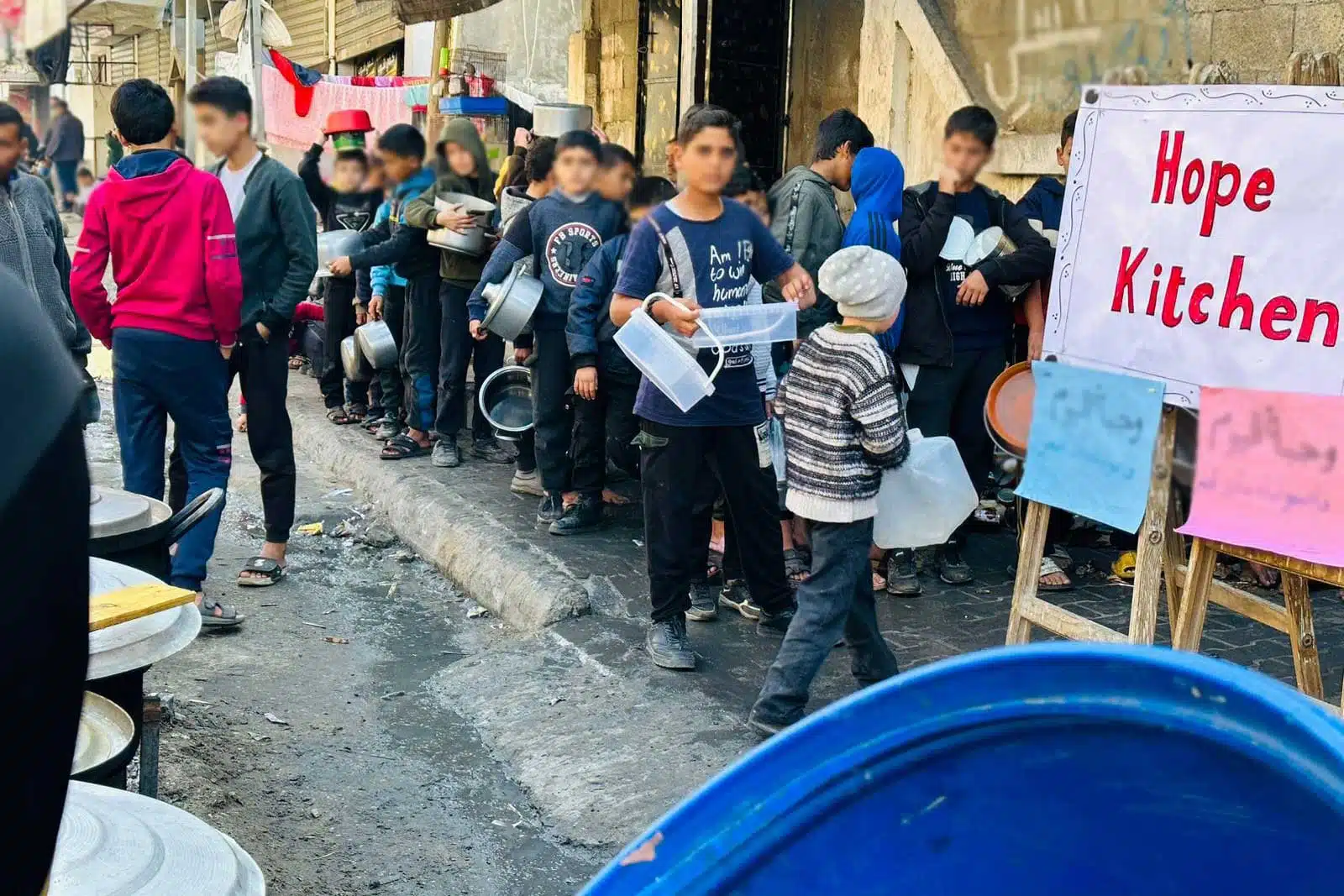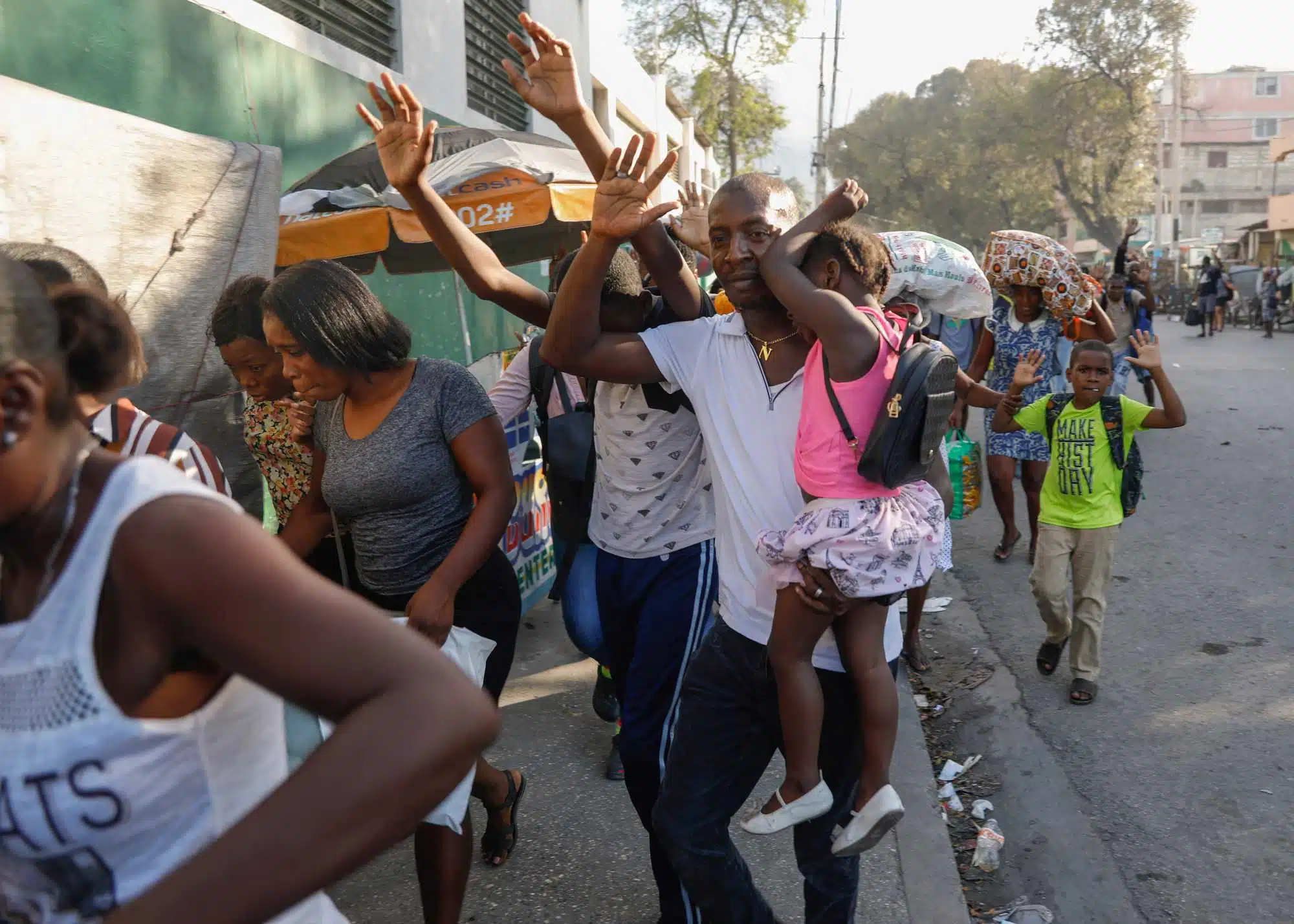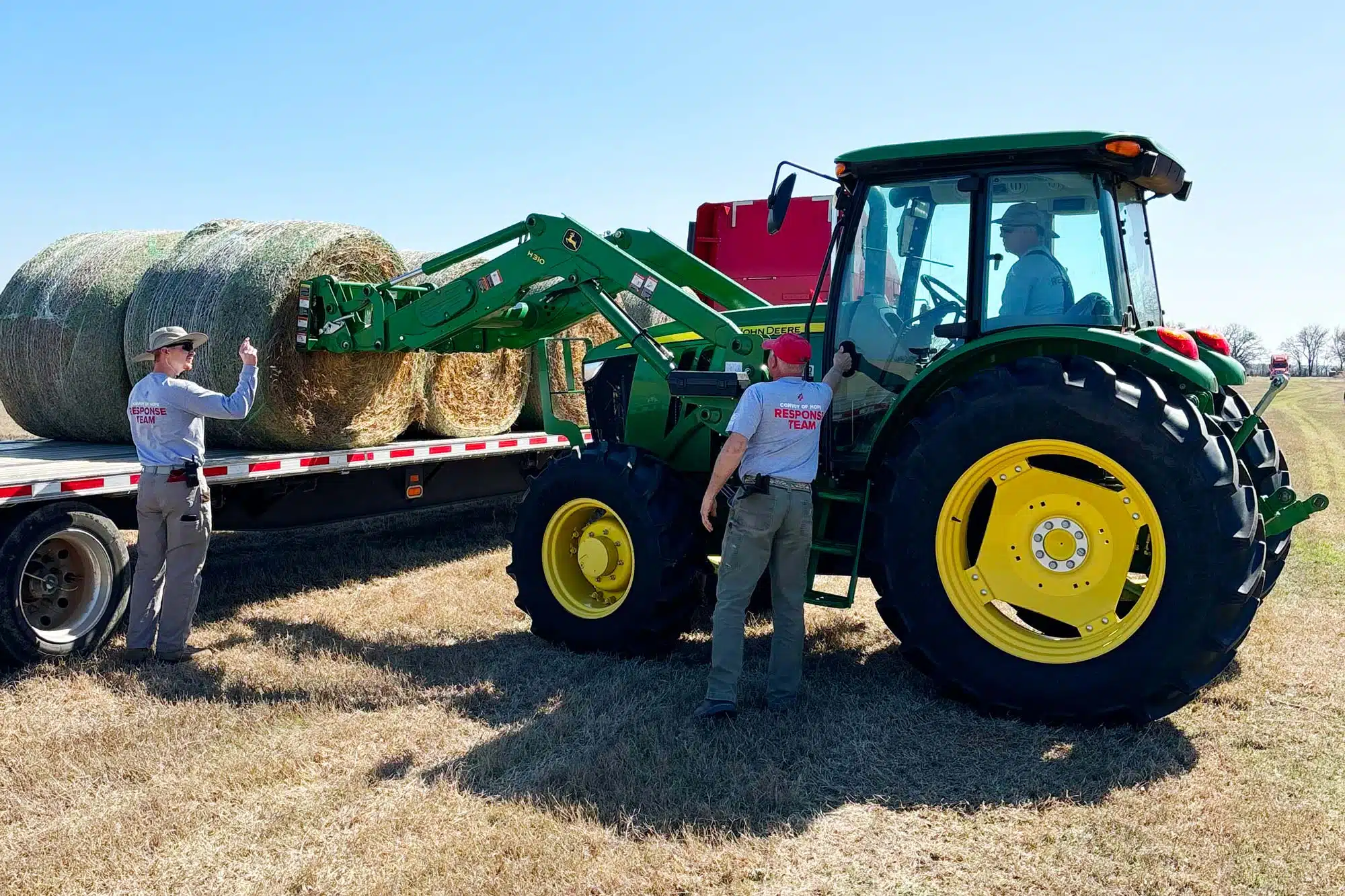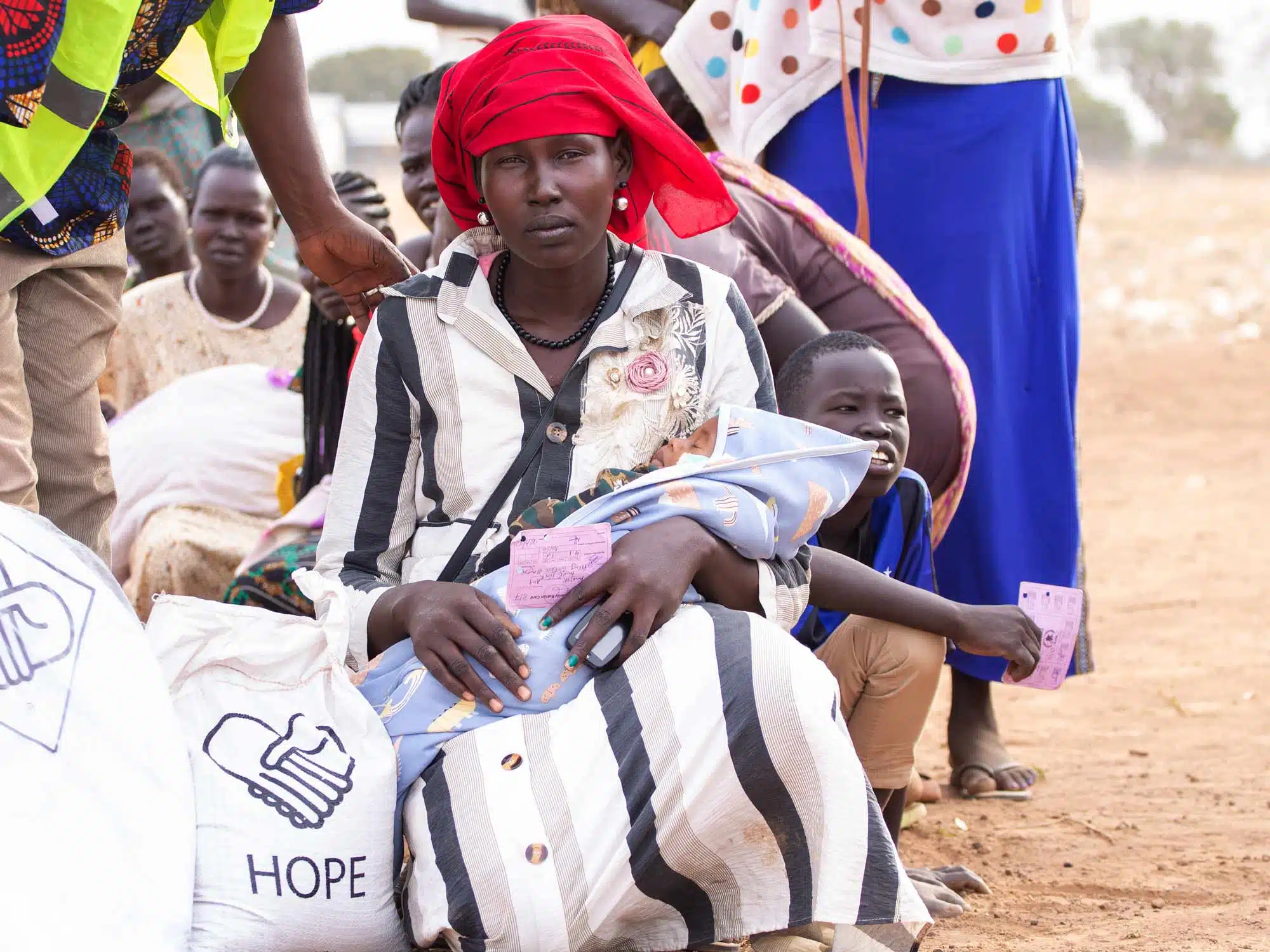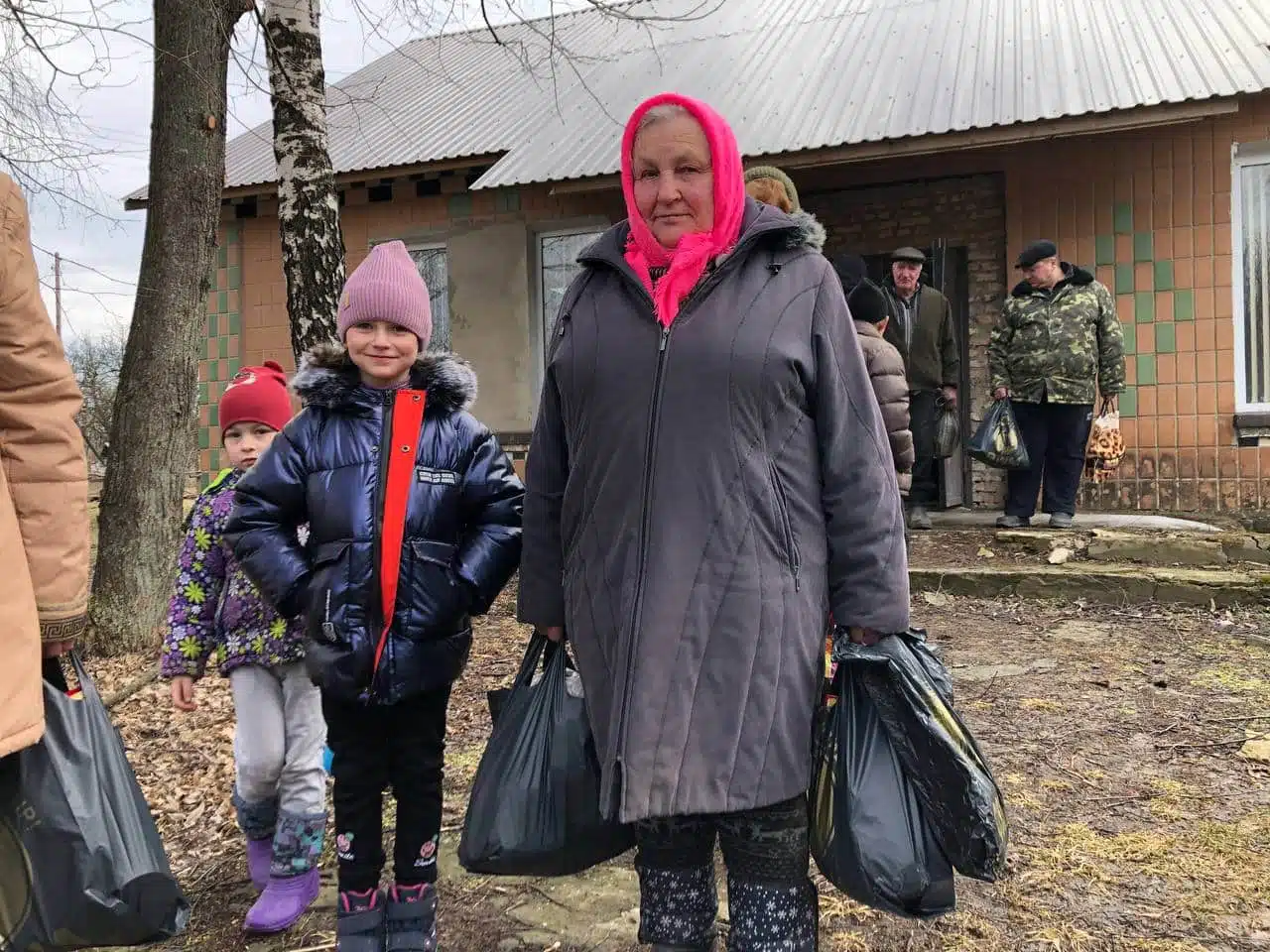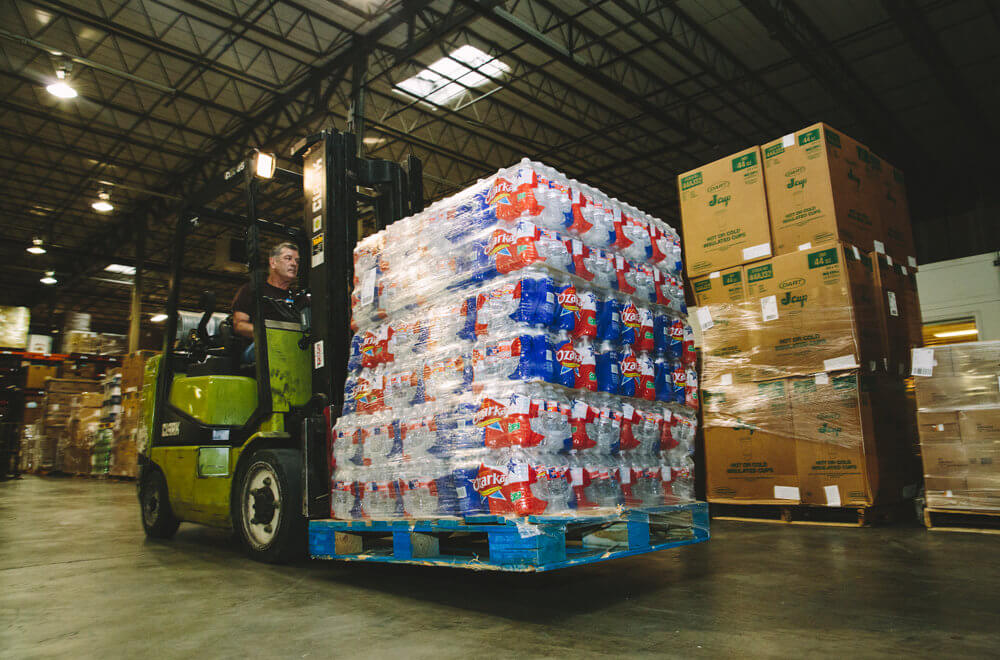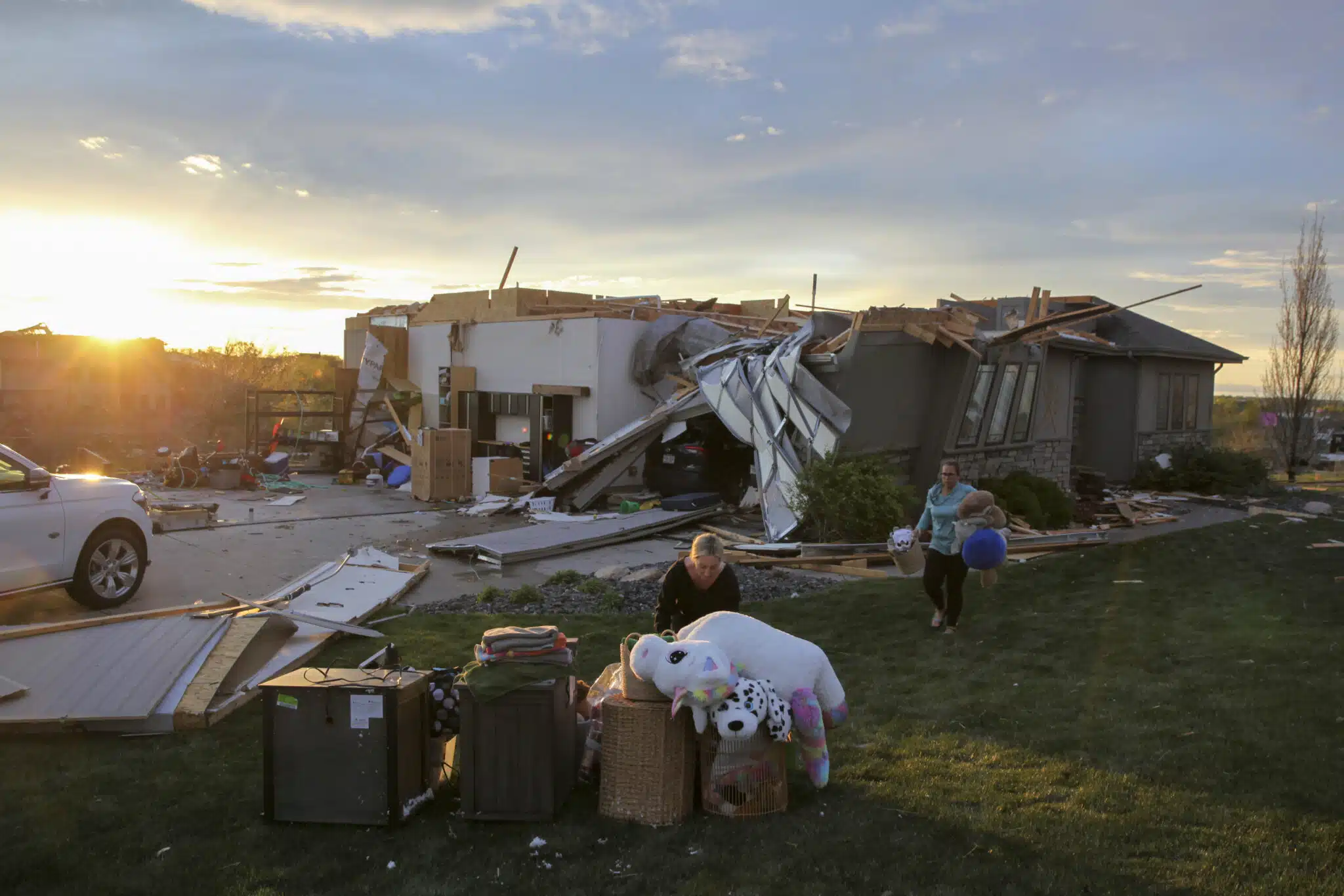
Photo above: Convoy of Hope distributes relief in Lahaina, Hawaii, after the devastating fire that left many without access to food.
In the wake of a disaster, people are forced to grapple with deep loss while facing overwhelming devastation. Mundane, everyday things — water from a kitchen faucet, a refrigerator, a roof — are unexpectedly gone. Access to basic necessities, especially food, suddenly becomes a critical concern. Not only are families walking through the grief that follows a disaster, but now they are forced to answer the question, “How do I feed myself and the people I love?”
This is why organizations like Convoy of Hope exist: to respond to disaster with tangible aid and compassion.
Prioritizing Food Distribution in Disaster Relief
While shelter, hygiene products, and other supplies are vital during disaster response and recovery, food consistently takes precedence. When a family knows where their next meal is coming from, they can focus on the other aspects of recovery, like finding shelter and rebuilding their lives.
After a disaster, the ways people normally get food are no longer options. In the U.S., larger communities have access to big-box grocery stores that can reopen in a matter of weeks. The days in between are hard and trying, but there is a promise that things will soon get back to normal.
The remote villages of Morocco aren’t so fortunate. After a magnitude 6.8 earthquake struck in the High Atlas mountains in September 2023, damaged roads and infrastructure prevented communities from receiving the resources they desperately needed. In situations like that, the recovery time could be months rather than days or weeks.
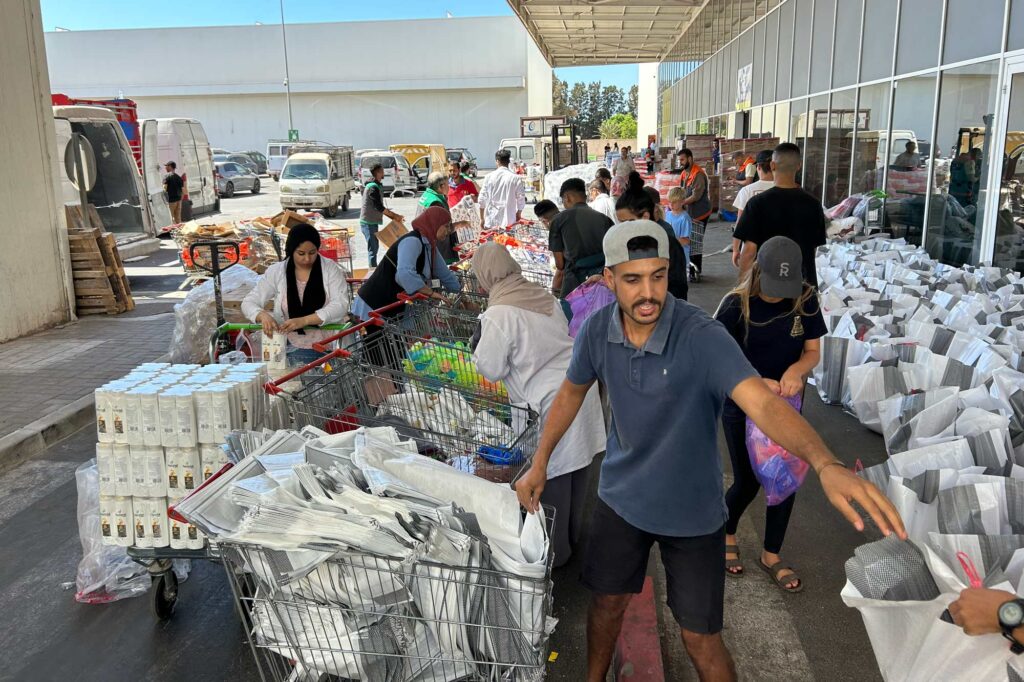
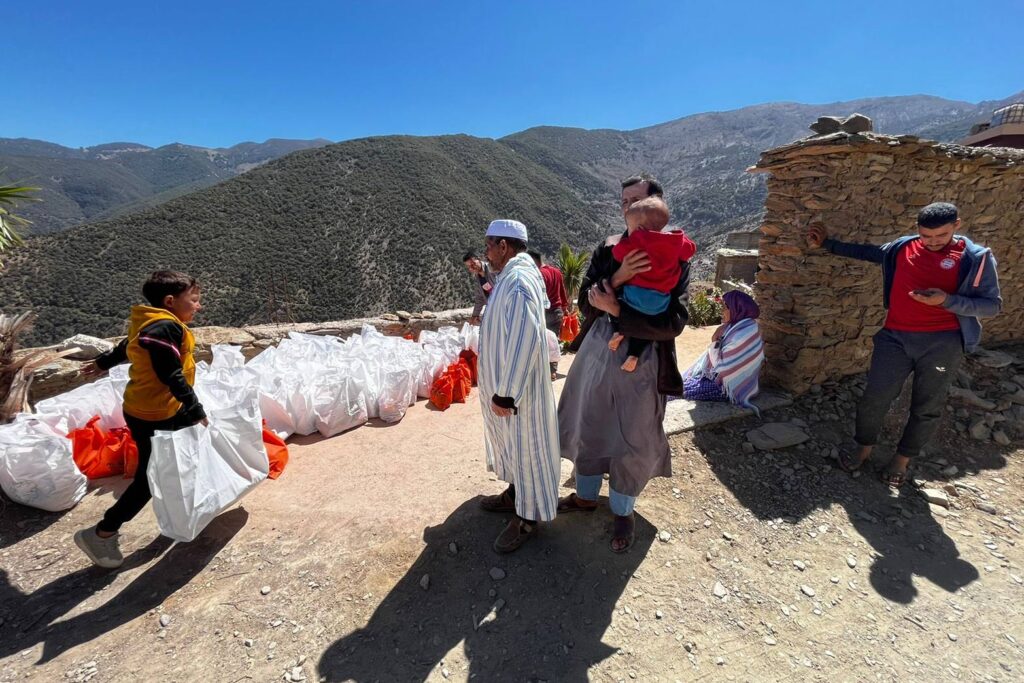
Right now, much of eastern Ukraine is a war zone. When there’s active conflict, there are often no stores open. No one is going out to harvest food because they are in fear for their lives. Additionally, Ukrainians are forced to deal with continual power outages. Even if they have food, the lack of electricity makes it difficult to prepare and keep it.
In the Horn of Africa, entire communities’ food and livelihoods have died off due to the intense, long-lasting drought in the area. And when the region finally saw rain, it poured down in such large amounts that massive flooding washed away any seeds they managed to plant.
In the U.S., major disasters like tornadoes and hurricanes often affect a community’s power grid. If stores don’t have electricity, even if they have nonperishable food, they don’t have a way to sell it. Sometimes disasters cause road closures and make travel difficult. Convoy can help fill these gaps with mobile and drive-thru distributions.
“We are always looking for ways to provide the resources that people don’t have access to because of the disaster or humanitarian issue they may be facing,” said Ryan Grabill, Convoy’s Senior Director of International Disaster Services.
Cultural Sensitivity in Distribution
Just like every natural or humanitarian disaster is unique, each community’s needs are distinct. In recognition that preferences and dietary restrictions vary globally, Convoy aims to provide familiar and culturally appropriate food, respecting the inherent dignity of each person being served.
After a 7.8 magnitude earthquake displaced millions of people in Turkey and Syria, Convoy immediately responded with food, water, and sheltering supplies. An item distributed that was unique to this response was Çay, or Turkish tea. Çay is an important part of Turkish cuisine, and offered recipients a sense of comfort and familiarity while they grieved and rebuilt their lives.
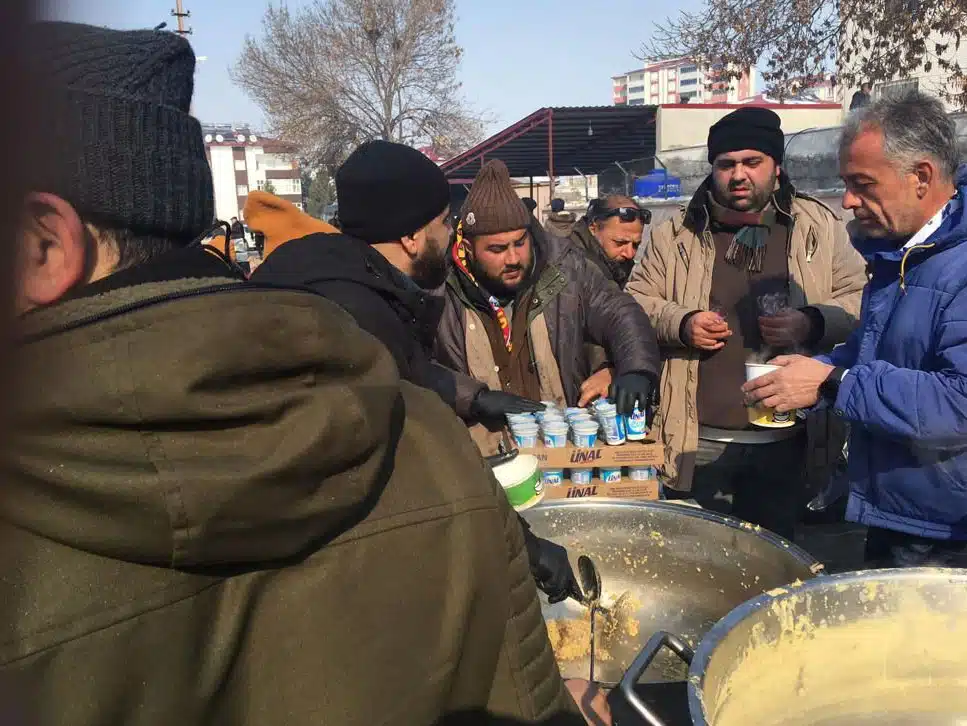
Another important cultural distinction in food sourcing and distribution involves rice and lentils. Rice is a hugely popular staple in many cultures, but knowing the type of rice common in a particular location is important. And some communities prefer lentils over rice. Similar to rice, the type of lentil is extremely important.
The idea that people will eat anything if they are hungry is untrue. If the food offered is in opposition to their morals, religion, or other deep belief system, it’s not likely to be eaten. If they have never heard of or seen the food, it is not likely to be eaten. That’s why Convoy goes the extra mile to make sure those we serve feel seen and respected.
Navigating Transportation & Food Distribution
Every disaster response is different. How Convoy chooses to respond depends on a variety of factors: location; the type, size, and scope of the disaster; and more. Some responses are more simple and straightforward. Other times, it can be complicated from the very beginning.
Responding to disasters outside the U.S. often presents unique challenges. Convoy employs a case-by-case approach to logistical challenges, leveraging local partners and networks. In remote or difficult-to-access areas, Convoy collaborates with local vendors, using various modes of transportation to ensure a rapid response. People, animals, small vehicles, box trucks, semis, helicopters, planes, and container ships have all been used to deliver relief to those in need.
“As big as a plane or as small as a hand, we use what we can to transport food to people in need,” said Convoy’s International Disaster Services Logistics Manager Christian Rodriguez.
In the remote villages affected by the earthquake in Morocco, smaller vehicles were utilized to reach harder-to-access areas. Teams even used donkeys to transport relief, since the beasts of burden are a common method of transportation in the mountainous regions. And when even the smallest of vehicles couldn’t reach people in need, porters ensured the supplies arrived at their intended destination.
Food Distribution Speeds Recovery
In the tumultuous aftermath of disasters, food distribution means providing hope. Food serves not only as a means of physical nourishment, but as a catalyst for resilience and recovery. From the earthquake-stricken regions of Morocco, Turkey, and Syria to the drought-stricken Horn of Africa, Convoy’s commitment to providing hope through food is unwavering.
